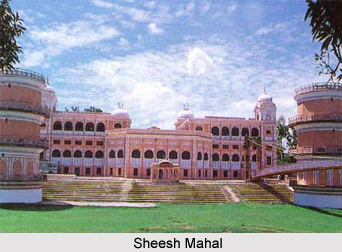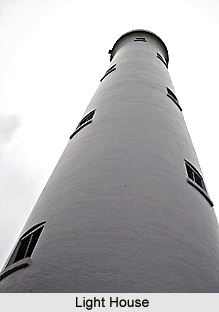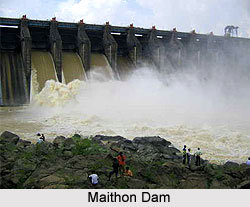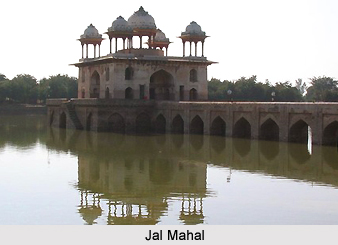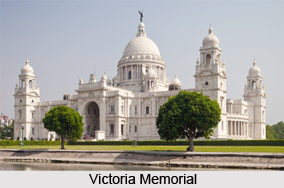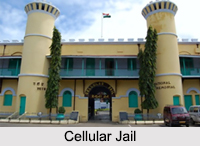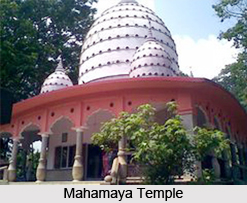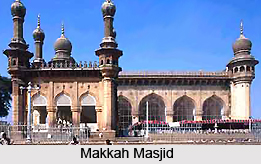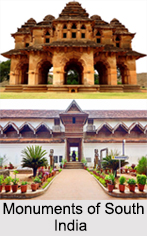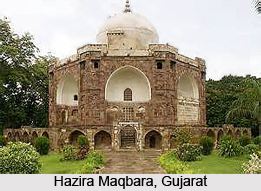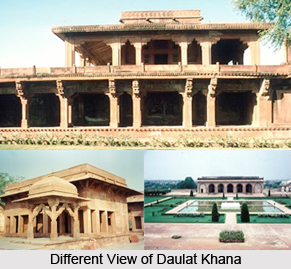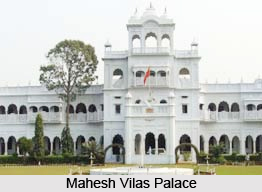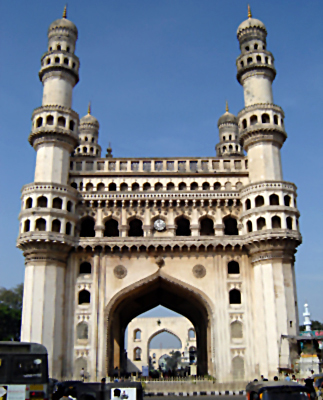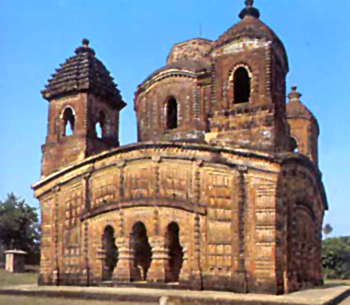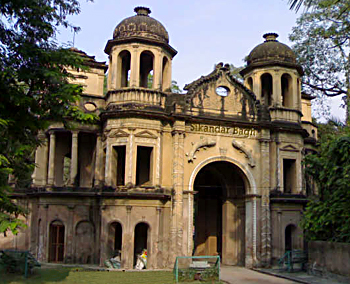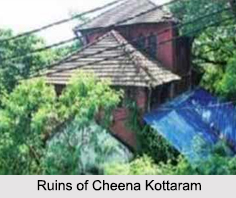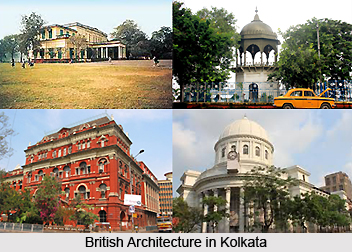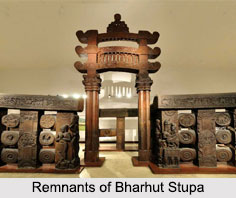 Temple 31 at Sanchi is situated immediately to the east of Stupa 5. It is a flat-roofed pillared shrine, oblong on plan and standing on a high platform ascended by a flight of steps facing south. It contains an image of the Gautama Buddha seated on a double-petal lotus with an elaborately-carved halo around his head. Originally built in the sixth or seventh century AD, the temple was largely reconstructed in the tenth or eleventh century. The platform, the pancha-ratha pedestal beneath the lotus-seat and probably the two pilasters similar to those of Temple 18 all belong to the early period. The rest of the superstructure, except the two pillars standing in the middle of the shrine, belongs to the later period.
Temple 31 at Sanchi is situated immediately to the east of Stupa 5. It is a flat-roofed pillared shrine, oblong on plan and standing on a high platform ascended by a flight of steps facing south. It contains an image of the Gautama Buddha seated on a double-petal lotus with an elaborately-carved halo around his head. Originally built in the sixth or seventh century AD, the temple was largely reconstructed in the tenth or eleventh century. The platform, the pancha-ratha pedestal beneath the lotus-seat and probably the two pilasters similar to those of Temple 18 all belong to the early period. The rest of the superstructure, except the two pillars standing in the middle of the shrine, belongs to the later period.
The pillars in question are of the Gupta period and evidently found their way here from an older building. The image of the Buddha does not fit the original pedestal and was apparently removed from some other temple and enshrined here when the temple was reconstructed.
This article is a stub. You can enrich by adding more information to it. Send your Write Up to content@indianetzone.com
